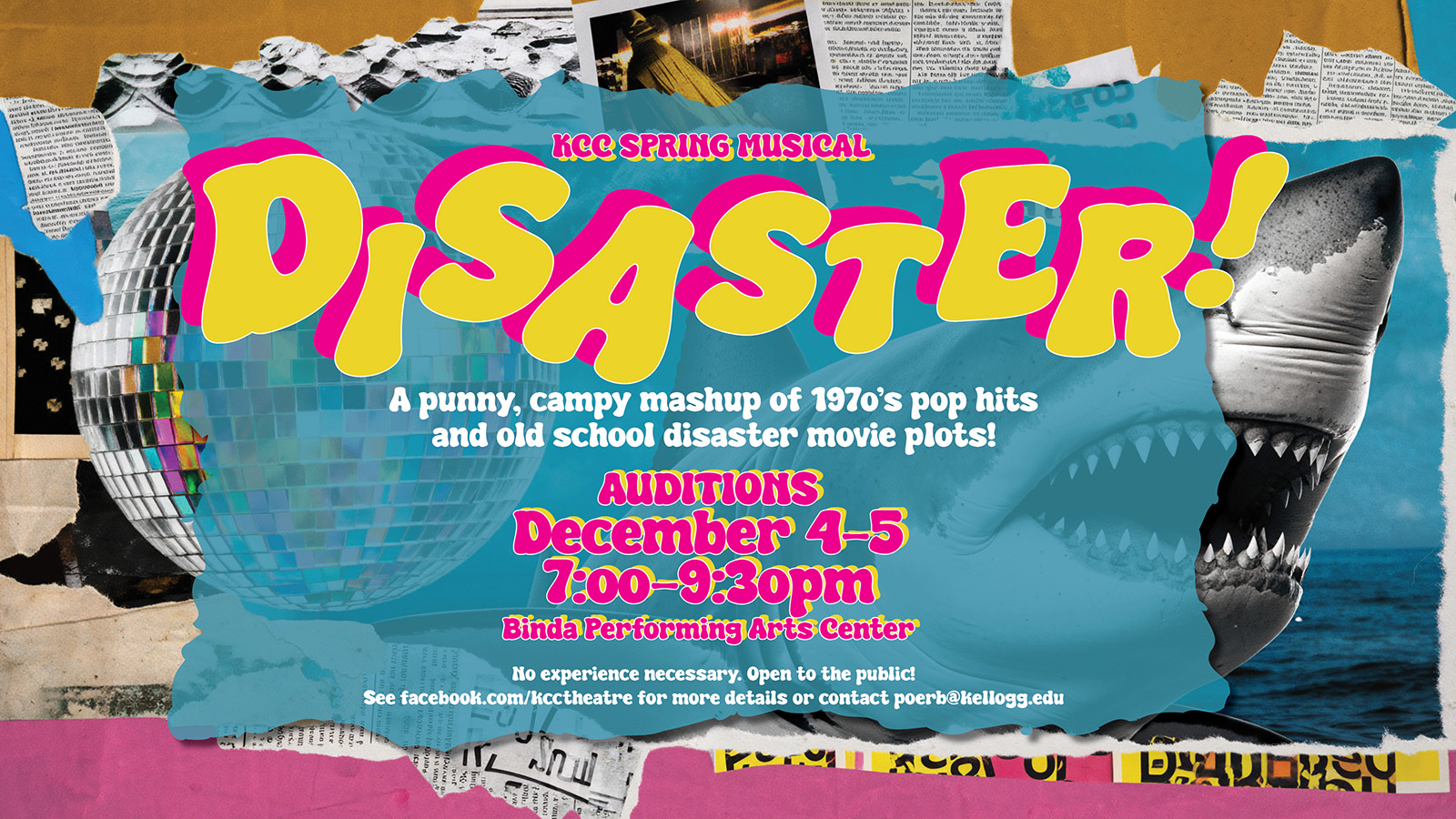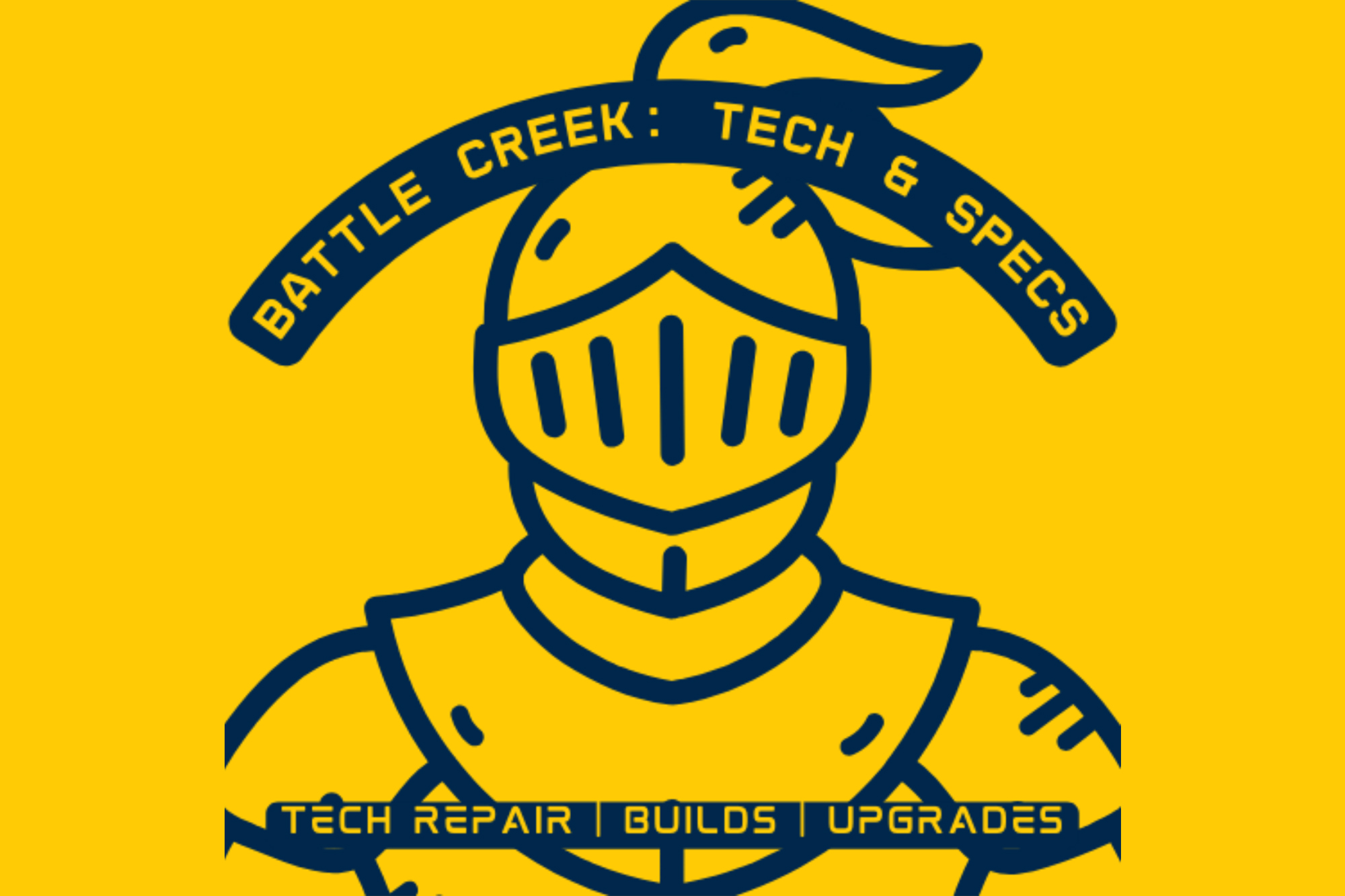Editor’s note: The following article was published in July in Kellogg Community College’s Summer 2012 edition of CareerFocus magazine with the headline, “The top 5 resumé mistakes … and how to correct them.” View the full CareerFocus publication online at kellogg.mycareerfocus.org or pick up a print copy from the newspaper racks on campus. The above photo is by morgueFile user Kenn W. Kiser (username click) and is used under the morgueFile Free License.
By Patrick Casey
Director of Career and Employment Services
Kellogg Community College
While writing resumés and assisting individuals with putting their credentials on paper during the last 14 years, I’ve consistently seen a few misconceptions about what an effective resumé looks like. Below are the top five mistakes that consistently show up in resumés that could serve as an obstacle for landing an interview.
The creation of a resumé is essentially an art and not a science. However, adhering to the following can help you identify critical mistakes and how they should be corrected.
Mistake #1: The Job Obituary
The resumé is not an obituary of every job you ever had, and you don’t have to go back 10 or 20 years or an X amount of years. You are the master editor of your resumé; you make that determination.
Correction #1: Identify a point in your experience or professional career and ask yourself, “When does my experience become relevant to the job that I am applying for?” This may mean that your experience became relevant when you entered college, or that your experience became relevant when you started working in the industry, or your experience became relevant when you started your last job. Remember, the reader of your resumé (the recruiter or hiring manager) only cares about relevancy.
Mistake #2: Information Overload
It’s natural to want to place any and all skills that you possess on your resumé. However, your reader only wants an answer to the question, “Why should I interview you?” If the position calls for IT, management and accounting skills, you shouldn’t place emphasis on your manufacturing, mechanical or nursing skills.
Correction #2: Carefully review your resumé line by line and ask yourself, “Is this information relevant to the job I am applying for?” If the answer to that question is no, then you will need to do some editing. If the answer is yes, then you know you’re on track. In addition, it’s important to draw out transferable and relevant skills from previous positions and training experiences that reflect and speak to the job that you are applying for.
Mistake #3: Neglecting Education and Training
It’s easy to state in the education section of your resumé what school you attend/attended and which degree you are seeking/achieved and leave it at that. However, between the first day of classes and the last day of classes, a lot has gone on, including the obtainment of hard skills, experience, internships, co-ops, externships, clinical rotations, etc.
Correction #3: Review what you’ve done during the course of your training and education, including reviewing the course catalog, syllabi and learning objectives, and focus on incorporating that in the “summary,” “profile” and/or “experience” sections of your resumé. Stating that you have an associate of applied science with a major in nursing is not enough. What did you do during your clinical rotations? (If applicable, include a “Clinical Experience” section on your resumé.) What were the core classes of your curriculum? (If applicable, include a “Core Competency” or “Specialized Skills and Abilities” section on your resumé.)
Mistake #4: Not Knowing What Subsections to Use
Subsections on the resumé (also known as subheadings) are what separate your resumé into easy to read sections. When creating a resumé it is easy to get overwhelmed and struggle with identifying where the relevant information should go. Simply put, you should start your resumé with the most powerful statements and information that will pique your readers’ interest and compel them to want to meet you. Remember, you have less than 15 seconds to make a lasting impression.
Correction #4: Every resumé should start with some sort of “summary” or “profile” section, followed by an “education” or “training” section, followed by an “experience” or “relevant experience” section, and then if you have volunteer experience, memberships/affiliations, or honors/awards, then these should follow. Below is a sample order of subsections that may be found in an effective resume:
Summary of Qualifications
Education
Relevant Experience
Additional Experience
Memberships/Affiliations
Volunteer Experience
Mistake #5: Too Focused on Day-to-Day Operations
Resumé readers want to know what makes you stand out, what makes you unique, what you did in your last position that was above-and-beyond. In other words, what were your accomplishments in any given position? An ineffective resumé is one that rehashes job descriptions and day-to-day stuff rather than focusing on the quantitative and qualitative aspects of your experience.
Correction #5: When writing the “experience” section of the resume, ask yourself, “What did I do that makes me stand out in this position? What am I most proud of in relation to performing this job? What were the biggest obstacles that I had to overcome in this position?” This exercise will help generate the bullet points/paragraphs in an “experience” section that will help you stand out.
For more information about Kellogg Community College’s Career and Employment Services Department, visit www.kellogg.edu/ces/index.html. To search for jobs in the Battle Creek area, visit www.collegecentral.com/kellogg.














